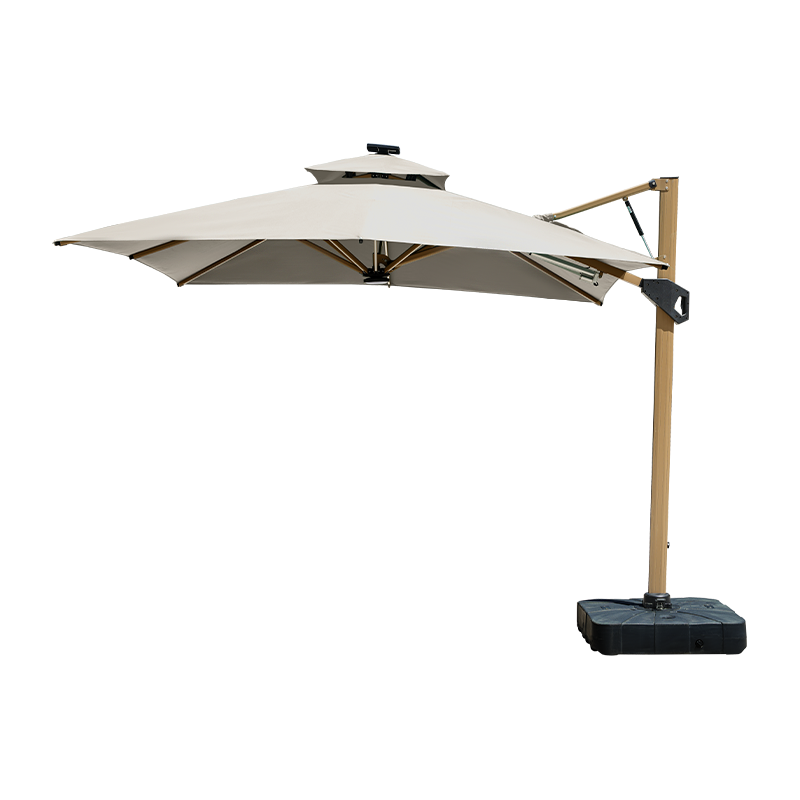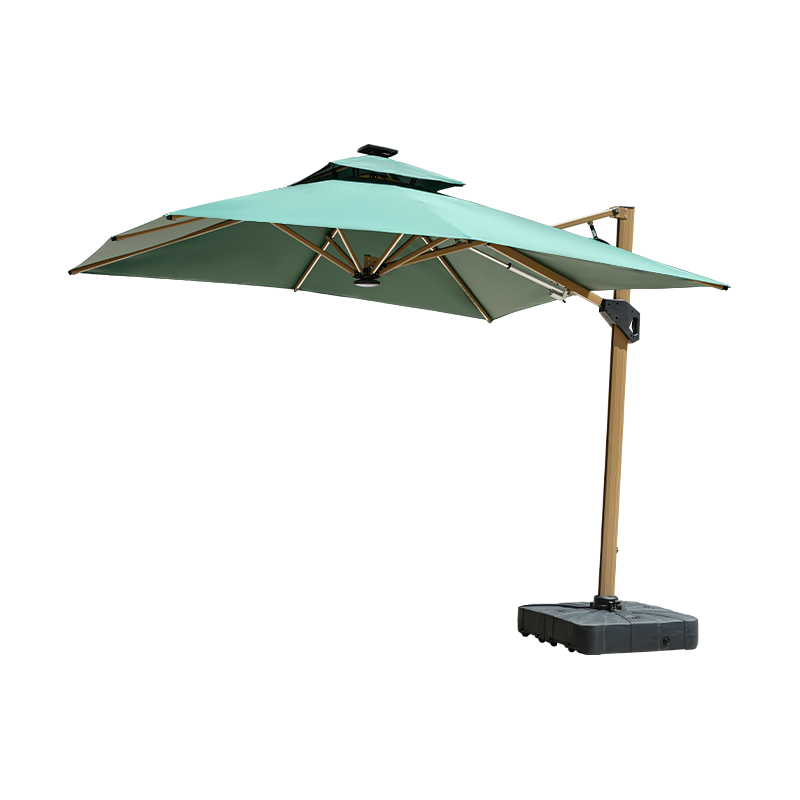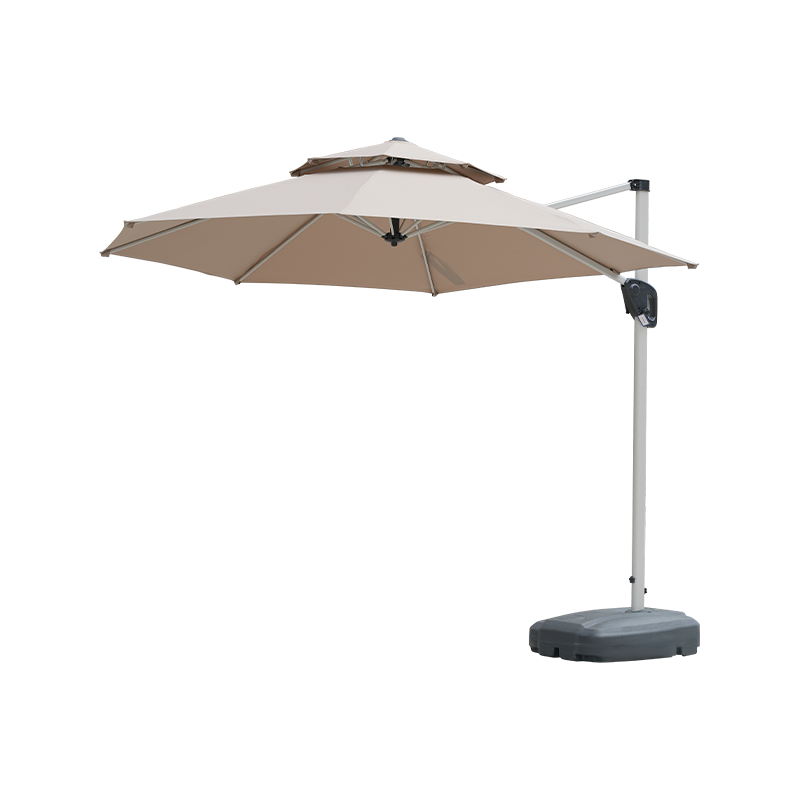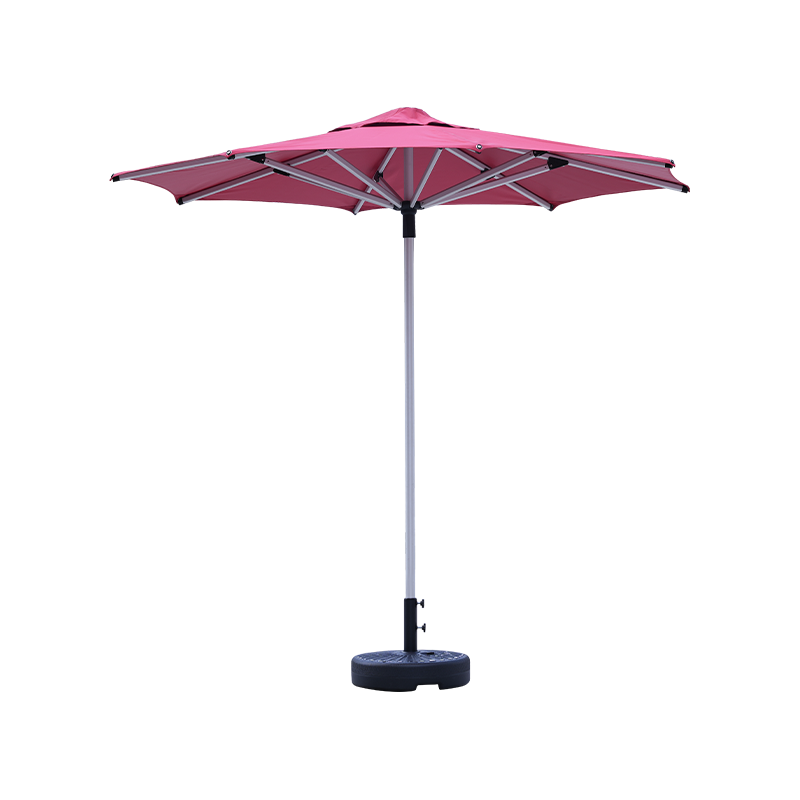Central Umbrella: Easy to Assemble Alone?
Picture this: the sun is climbing, your patio is screaming for shade, and the delivery box labeled “Central Umbrella 10 ft Cantilever” just landed at your doorstep. No neighbor in sight, no extra pair of hands on call—just you, a Phillips screwdriver, and a playlist. Can a single person get this canopy standing without swearing, sweating, or phoning a friend? I unboxed, inventoried, timed every step, and counted the bruises so you don’t have to.
Step one: inventory. Inside the carton are six main parts—base plates, pole sections, crank housing, canopy arms, and the fabric skin—plus two labeled bags of bolts and a single folded sheet of instructions. Total weight: 42 kg (93 lb), but the heaviest single piece—the cross-base—is only 11 kg, manageable for many adults to drag. A QR code on the cover summons a 3-minute video; I used both paper and pixel guides to mimic an average buyer.
Step two: base prep. Central Umbrella’s manual insists on 60 kg of ballast; the company sells plastic reservoirs that clip onto the cross-base and fill with water or sand. I used four 15-liter bags of play sand bought on the way home. Sliding the reservoirs into the base rails takes five minutes and zero tools. The whole unit now weighs 102 kg and does not wobble, but it can still be nudged by one person on level concrete.
Step three: pole marriage. The anodized aluminum mast comes in two interlocking tubes with spring buttons—no loose bolts. Align, click, done in 30 seconds. Lifting the 2.4 m assembly upright is the moment of truth. By straddling the cross-base and using a wide-legged deadlift, I raised it vertically in under a minute without scraping shins. Pro tip: leave the crank handle off for now; the lighter top makes balance easier.

Step four: rib and canopy attachment. Here the solo challenge peaks. The canopy arrives pre-slung on eight aluminum ribs, but you must hinge each rib to the hub and secure it with hand-tightened star knobs. The trick is to rotate the entire hub so the next rib always hangs at chest height; no ladder needed. Once all eight ribs are locked, the fabric unfurls like a sail. Total time for this phase: 18 minutes, including one dropped knob that rolled under the barbecue.
Step five: tension and tilt. Central Umbrella uses a single crank to open the canopy and a foot pedal to tilt it. Both worked smoothly out of the box. A safety pin clicks automatically when fully open—no fumbling for hidden latches. Tilting requires gentle downward pressure on the pedal; the mechanism glided even with one sandal. The only two-hand moment comes when you want to swivel the entire mast 360 degrees; you must lift a small lever while rotating the pole. I solved this by pinning the lever up with a spare pencil, freeing the second hand to spin the umbrella.
Clock check: from slicing the tape on the carton to standing in shade took 46 minutes. Physical toll: one mild calf cramp and a single mosquito bite. Mental toll: zero curse words. The instructions are genuinely clear, parts are labeled with letter stickers that match the booklet, and the heaviest lift never exceeds a standard grocery bag.
Caveats: sloped lawns complicate balance; a second person helps on grass. If you’re under 5 ft 4 in, a step stool is handy for the final rib lock. And wind ratings matter—Central Umbrella claims 25 km/h, so pack it closed when gusts rise.
Verdict: for many able-bodied adults on flat, solid ground, Central Umbrella is absolutely a one-person, one-hour project. Bring water, queue an upbeat playlist, and the only shadow cast will be from your new canopy, not frustration.


 Español
Español عربى
عربى








